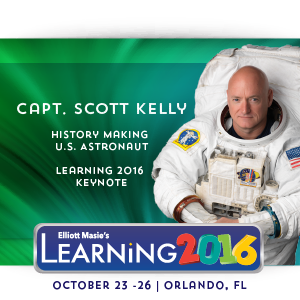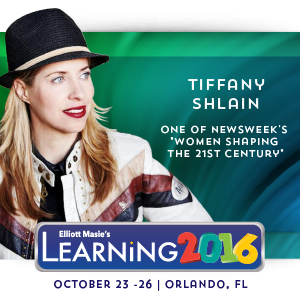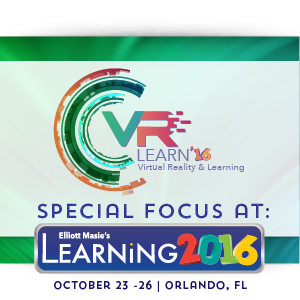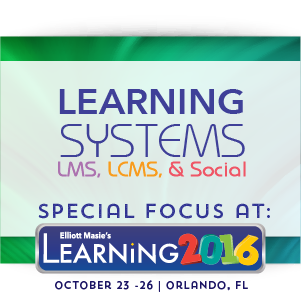Stop the School Brand!
Here is Elliott Masie's recent column in Chief Learning Officer's Magazine:
Stop Taking Employees Back to "School"
 We’re tracking a trend in the learning and development field — a shift away from modeling our efforts after the images from school. But I say, “Let’s stop taking our employees back to school.”
We’re tracking a trend in the learning and development field — a shift away from modeling our efforts after the images from school. But I say, “Let’s stop taking our employees back to school.”
And I mean that quite literally. Our learning brands are often too closely aligned with images from grade school all the way to university. Consider these words and phrases that we hear from learning programs around the world:
Corporate university: It is common to model our learning programs around the image of a college. Yet, some of our programs are quite different from those at true universities. They are often easier and less challenging, and many do not yield a final result that provides upward mobility for employees. While there are many pluses to using the term university we are seeing some organizations evolve their focus and branding for their corporate universities.
Classrooms: In many organizations employees gather for face-to-face programs that are still called classes and that take place in a classroom. It assumes that a teacher is in charge, often providing content from the front of the room. Yet, many successful programs are now blended, mixed, hybrid and experiential in design. Why not shift our language and try out action words like “lab” or “simulator”?
Modules and instructional language: As a designer, I understand the nature of an instructional module. Yet, I have never met a learner who says, “I loved the module that I took last month on safety changes!” Our use of instructional terms takes the learner into our world of curriculum design, and they are asked to act like students. Let’s shift our focus to the helpfulness of the content: “A Cool Video Clip” or “Travel Approvals — Step by Step.”
You may be asking why I would suggest a shift in learning branding away from the verbiage of schools. It’s familiar, and for the most part it works. Clearly, there are wonderful dimensions to being a teacher, and there are great models for impactful, effective classes and modules. So, why suggest the change?
In a nutshell, learners do not really want to “return to school” as often as we want them to be in learning mode at work. Lifelong and continuous learning will be essential as the speed of business accelerates, and as the need for non-stop knowledge/skill acquisition and mastery grows. Our learners rarely turn to their families or friends with excitement about going to “class.” They are, however, excited to master new skills, access new roles, or take part in transformational experiences.
As our learning activities are transformed by new digital platforms, machine learning, real-time remote mentoring, personalized content and workflow support, the branding associated with learning must change. Essentially, let’s bring learning to the workplace — instead of workers to the school.
And, associations with school are not always aligned with positives for many in our workforce. For some, phrasing that is associated with the school house might trigger a lowered or difficult set of expectations. The image of school, K-12 or higher education, can evoke difficult memories:
“I didn’t perform well at school. I was a C student and never felt successful in high school.” This learner will have an aversion to a setting that resembles a school. They are the least frequent participant or last minute canceler.
“School was pretty lame. I learned way faster than the teacher taught. In fact, my parents let me be home schooled the last year so that I could soar academically.” This learner wants to shape and sequence content and might resist traditional design that hardens its scope and sequence.
“The teacher teaching from the front of the room never worked for me. I skipped lectures and learned on my own with visits to the faculty office when I had questions.” This learner wants a form of home schooling at the workplace.
We can weave together our learning resources, subject matter experts, super mentors and peer-to-peer content/collaboration into a workplace that lives and breathes learning — as a daily, dynamic aspect of work. Our employees will learn every day as they work and improve their talents, without having to put on the brand — or robe — of students at school.
Elliott Masie is the chairman and CLO of The Masie Center’s Learning Consortium and Host and Curator of Learning 2016 (https://learning2016.com)
on Monday, 12 September 2016.









